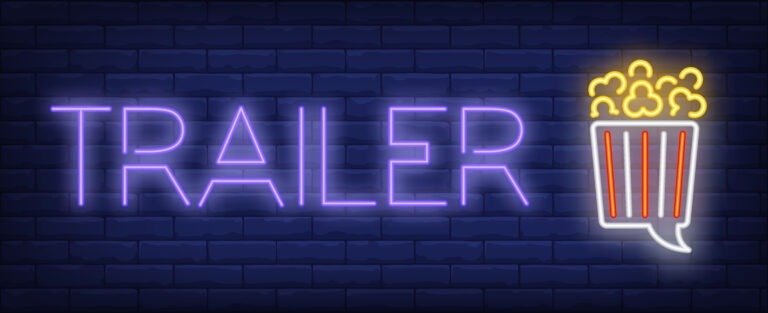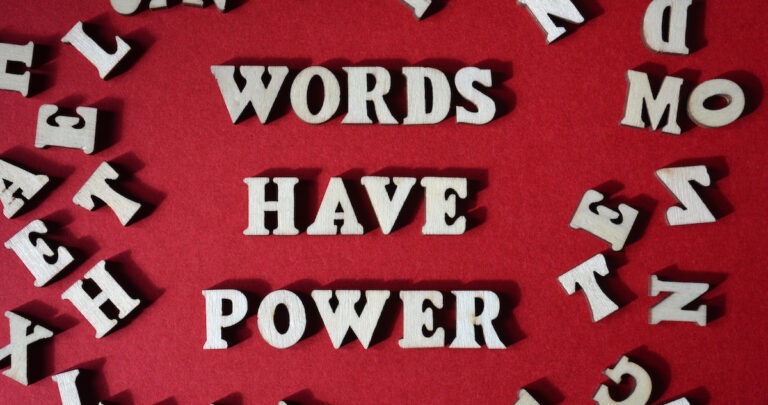An awesome comic book script is all about compelling superheroes that battle the forces of evil and look good while saving the day. But writing it that way is much easier said than done. That’s why we’ve got the latest tips on how to write a comic book script and the best comic book script format to shape your ideas and characters. So, once you have the proper knowledge and tools, you can create comic scripts that bring fantastical lands and characters to life – whether you’re creating the new Flash or writing a script for your next marketing campaign.
Now, at Voice123, we believe scripts are the backbone of all audio and video projects. So, in this post, we’ll explore what is a comic book script, a comic book format script, and the latest tips on how to write a comic script.
Grab your pen and cape because it’s time to journey through the art of writing a comic book script!
What is a comic book script?

A comic book script is a document that outlines the visual elements of each scene in the comic book, and just like the screenplay of a film, each comic script panel is described in detail, including the action, characters, and dialogue. A typical comic book script format includes a title page, synopsis, and a page layout that involves storytelling, character development, and dialogue. These details help writers create a story with specific instructions, panel descriptions, captions, and notes that help artists design stunning visual elements. Scripts for comic books are also used in single-issue comics, graphic novels, and webcomics to organize multiple sequences, images, and text formats.
For example, a comic script for a superhero story usually describes action-packed scenes. So writers can leave notes to explain the character’s dramatic poses with phrases like “the hero clad in a shimmering costume” or “city lights gleaming below.” Vivid instructions like this help artists translate a writer’s vision into captivating images. Now, let’s dive deeper into how to write a comic script.
What is a comic book script format?
A comic book script format includes a synopsis, scene description, sound effects, lettering, and dialogue, while the title page contains the comic book’s title, the author’s name, and the artist’s name.
The synopsis provides a brief overview of the story and the characters. Scene descriptions craft a detailed layout of the setting, character, and action. The sound effects accompany the action in comic book scripts, so they must portray intensity and emotion. Lettering is the text that appears in the comic book and should always capture the scene’s tone and emotion.
Finally, the dialogue is the character’s conversation in the comic book and must be easy to read with a consistent format. By using the right comic book script format, the artist will understand the story and produce the best visuals to bring the story and characters to life. And who knows, you might even be able to turn your comic book script into the next blockbuster video game!
How to write a comic book script

- Create exciting themes and characters
- Craft a detailed comic script outline
- Plan your page layouts
- Write comprehensive panel descriptions
- Draft a witty, entertaining dialogue
- Add captions and narration
- Build suspense with pacing
- Revise and edit your script
- Work with an artist to bring the comic to life
- Develop a style guide for the comic script artist
Here’s a detailed breakdown of each step.
1. Create exciting themes and characters
Knowing how to write a comic script starts with knowing how to create and weave exciting themes and awesome heroes and villains that readers both love and hate. Then, relate your character’s strengths, flaws, and weaknesses to those central themes and conflicts. For example, in a science fiction theme, you can create a dystopian future with rebel warriors fighting for freedom and subtle subplots of loyalty and romance. Consider how Katniss Everdeen and Peeta Mellark drew global audiences in the Hunger Games series.
2. Craft a detailed comic script outline
Writing a powerful story requires a detailed comic script outline. Break down profound concepts into significant plot points and critical events to highlight the turning points that shape character growth. Think of how the Iron Man comic book scripts follow Tony Stark’s evolution from a carefree billionaire to an international superhero with significant milestones and character growth that’s planned well in advance.
3. Plan your page layouts
While you can’t plan hundreds of pages of comic scripts in a single moment, it is helpful to sketch the page layouts of your comic, deciding on the number of panels and their arrangement in advance. For example, on page 1 of your sci-fi comic, you may decide on three panels. Panel 1 can establish a shot of the dystopian city with a narrative that sets the scene. Number 2 could introduce the protagonist in a future setting, wounded after the final battle. Panel 3 could be a heartfelt dialogue of how the characters plan to move forward before jumping back in time to the present day.
4. Write comprehensive panel descriptions
Comic characters make a story real with their actions and expressions. So, include comprehensive panel descriptions in your scripts for comic books to help artists capture the story visually. You could describe a close-up of the protagonist’s face, with expressions shifting from boredom to curiosity as they overhear an emotional conversation. Think of the Hulk’s varying emotions: anger, sadness, humor, and regret.
5. Draft a witty, entertaining dialogue
While a character’s dialogue must be concise and impactful, it must also be entertaining for readers. For example, a character with a cowardly nature could speak to a brave friend sarcastically and say, “Have you ever thought about hiding? Cowards do survive! Think of Harley Quinn; her sassy dialogue with humorous banter and sarcasm makes her character interactions more entertaining for readers.
6. Add captions and narration
Use caption or narration boxes in comic scripts to provide additional context, inner thoughts, or background information. For example, a caption could say, “In a city suffocated by oppression, whispers of rebellion echo through the shadows.” This gives readers context, building anticipation for something more to come. In the Venom comics, captions give readers insight into the dual personalities of Eddie and Venom.
7. Build suspense with pacing
A story’s pacing balances action with moments of reflection. For example, you can alternate between intense action sequences and quieter moments of character development to maintain a dynamic flow in your scripts for comic books. Use punctuation like ellipses to lengthen thoughts or scenes, encouraging readers to keep turning the page. In the X-Men comics, pacing helps keep the multiple character exchanges cohesive, giving readers time to reflect and absorb.
8. Revise and edit your script
When you review your scripts for comic books, you ensure that each element contributes to the overall narrative. You can trim unnecessary dialogue and panels to maintain a tight, engaging storyline. Comic book scripts have limited space, so text must be direct, with images and artwork conveying more of what words cannot. Even Marvel relaunched the primary Avengers title three times between 1996 and 2004.
9. Work with an artist to bring the comic to life
With clear communication, pro artists can create dynamic comic book visuals. But there’s always room for creative input as industries and technologies evolve. So, share your vision for crucial scenes, but give artists the freedom to interpret and enhance visual elements. In the Captain America comic, Steve’s uniform changed color, design, and shape many times to keep up with a modern audience.
10. Develop a style guide for the comic script artist
A style guide with instructions about the setting, character designs, and specific artistic choices will help bring to life the comic book scripts you’ve envisioned. For example, the various DC Batman comic scripts use a style guide to define the dark, gritty aesthetic of Gotham City and the iconic design of Batman himself. This guide helped keep the characters and setting consistent across over 1000 different comic series.
Now that you know how to write a comic book script, let’s take a closer look at the comic book script format.
Final thoughts on writing comic book scripts
That’s a wrap on how to write a comic script! Now, you can write a comic script with powerful heroes and villains. Remember to follow our ten-step guide on how to write a comic book script and use the right comic book script format with a title page, synopsis, scene description, sound effects, lettering, and dialogue.
After your script is in the bag and you’re ready to hire a talented voice actor to complete your voice over project, you’ll find extraordinary comic book voice actors on Voice123. Or let our team handle your entire voice over project from start to finish with our excellent Managed Services.
It’s a bird; it’s a plane… Nah, it’s an awesome comic book script.
FAQs
Create exciting themes and characters, craft a detailed comic script outline, plan your page layouts, write comprehensive panel descriptions, draft a witty, entertaining dialogue, add captions and narration, build suspense with pacing, revise and edit your script, work with an artist to bring the comic to life, develop a style guide for the comic script artist.
The industry-standard script has clear panel and page numbering, detailed panel descriptions, and dialogue formatted for easier collab comprehension.
You can find comic scripts in published comic books, some special edition releases, or online resources where comic book writers share scripts, like the Comic Book Script Archive.
While the length varies, standard comic book issues are around 20-22 pages.
On average, each page has around 100 to 200 words, but this depends on scene complexity, pacing, and dialogue.































